In this post, we tell all about what koalas are, where they are found, and why there is so much more to them than a cute, fuzzy face!
For as long as I can remember, koalas have been one of my favorite animals. I first saw them in the Guinness Book of World Records (for being the sleepiest animal!) many years ago, and from that time I was hooked.
Shortly thereafter, I learned about the plight of koalas in their natural habitat and worked to see what I could do to help.
Koalas are fascinating animals, and they’re so much more than the cute, fuzzy face they’re often associated with. Let’s dive in to learn all about this marsupial symbol of Australia!
What ARE Koalas?
While koalas are often called “Koala Bear,” they are not, in fact, bears. Koalas are a type of animal called a Marsupial.
Marsupials are “pouched mammals,” meaning they are born and immediately go to their parent’s pouch. Here, they attach themselves to their mother’s nipple to drink milk until they grow strong enough to open their eyes and explore outside the pouch.
Newborn koalas, otherwise known as joeys, are incredibly small, around the size of a jellybean. It takes lots of time and nutritious milk for them to develop: approximately 6 months!
Kangaroos and wallabies are in the same marsupial family.
So, the next time you overhear someone call a koala “koala bear,” you can politely tell them all about marsupials.
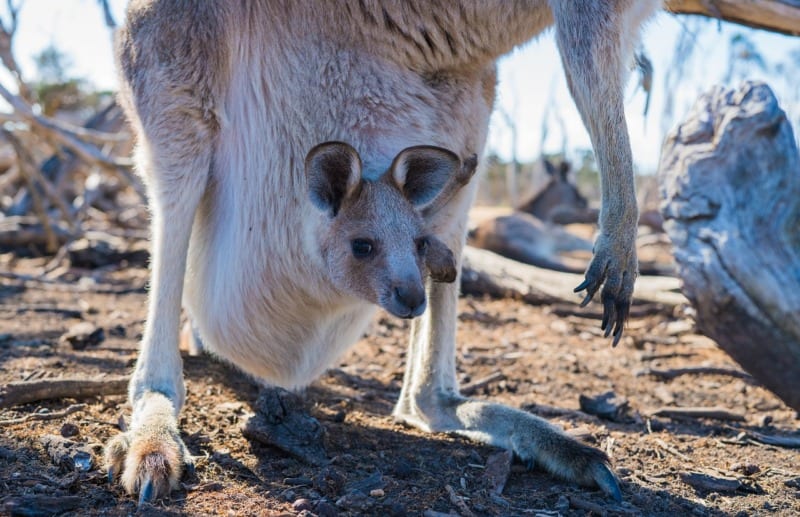
Kangaroos are marsupials like koalas. Koalas, however, have a rear-facing pouch instead of an upward-facing pouch, as you can see here.
There are two different kinds of koalas
Did you know there are TWO different kinds of koalas?
They are different subspecies, the northern koala and the southern koala. These animals aren’t completely different, but rather have different characteristics resulting from being found in different places in the country.
They look only slightly different from each other – the southern counterpart is a little shaggier and brown-looking.
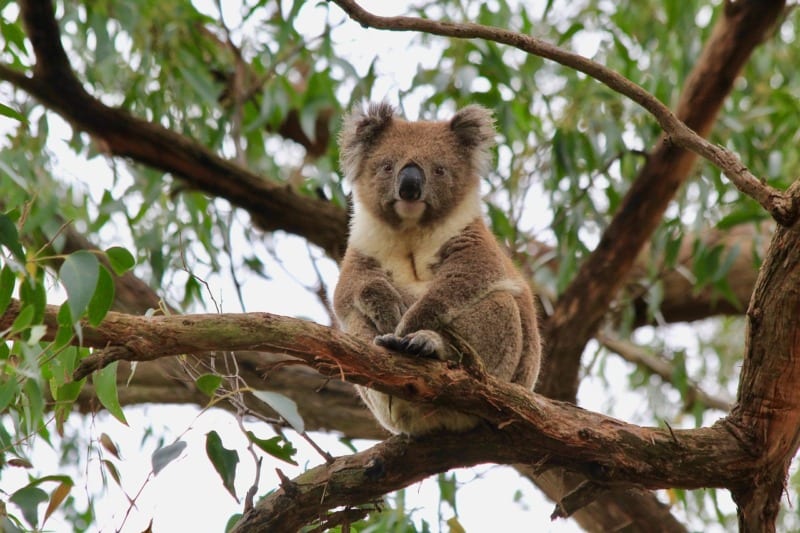
Note the browner fur color of the southern koala compared to its grayer northern cousin (as is seen in the cover photo for this post).
Where Do Koalas Live?
Koalas are endemic animals to Australia, meaning they’re found nowhere else in the world. Specifically, they live in the Eastern and Southeastern parts of the continent.
This limited distribution also means they are greatly impacted by things that happen in their environment. Simply, there just isn’t anywhere else for them to go as easily if their home gets destroyed.
Koalas are incredibly unique in that they rely solely on eucalyptus trees for their habitat, including both where they live and what they eat.
These marsupials spend nearly 23 hours out of the day sleeping in the crooks of eucalyptus tree branches!
Eucalyptus is very high in toxins, and koalas have adapted to be able to eat and digest these leaves well. However, the toxins make them very sleepy, hence why they spend so much time sleeping during the day.
Kangaroo Island is one of the best places to see Koalas in the wild. Read more about visiting Kangaroo Island, South Australia here!
During the breeding season, male koalas will roam fairly large distances in search of females. Ultimately, koalas are territorial animals and attempt to establish their own area where they eat and live.
The majority of the time, though, you’ll see koalas sound asleep, high up in a eucalyptus tree.
Bringing a pair of binoculars is always helpful!
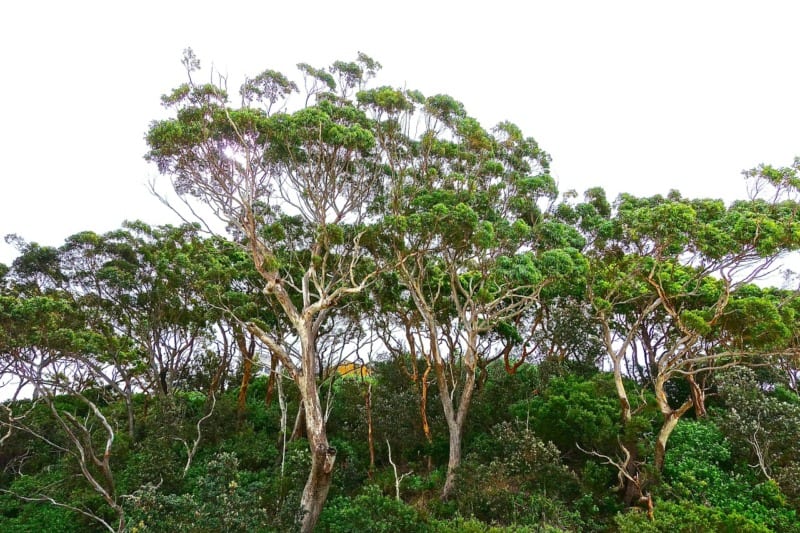
In the wild, you’ll most likely see koalas curled into a ball high up in the trees.
Koala Conservation and the Biggest Impacts on Koala Numbers
There are estimated to be around a few hundred thousand breeding koalas in the wild.
While this number might sound large, the risks they face continue to increase, leading to population declines and being listed as a vulnerable species.
Here are some of the biggest factors contributing to the koala’s decline.
Extensive Habitat Loss
As with so many animals, koalas are continually in danger of losing more and more habitat. For this animal, however, the effect is even greater since they rely on one kind of tree for food and shelter.
The climate in Australia is harsh, undergoing seasons of drought, fire, and monsoon that make up a large part of the landscape. With temperature averages climbing, wildfires increase and decimate critical koala habitat.
Also, roads that cut through koala habitat are often the culprit of local population declines, not only because of tree loss but also because of wildlife being hit and killed.
As previously mentioned, koalas are territorial and roam around to find mates or new territories to establish. This can be a dangerous endeavor if along a busy roadway.
Population-wide Chlamydia Diagnoses
Koalas are particularly prone to the STD, Chlamydia. Research has suggested this is because of a koala-wide virus carried by nearly all koalas that makes them more susceptible to the disease.
Chlamydia has detrimental effects on koalas in the long-run, ultimately leading to blindness, infertility, infections, and even death.
Efforts are underway to better understand how to treat them on a larger scale.
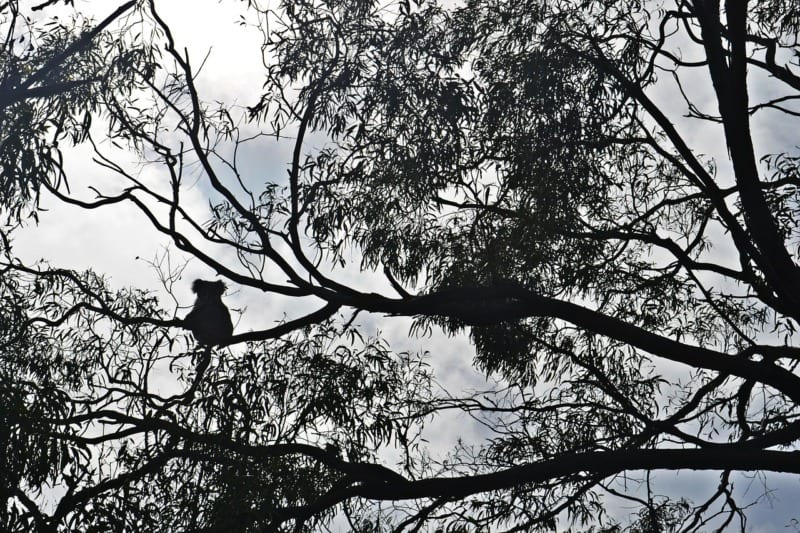
Tree connectivity is a big deal for koalas. Once they come down off of trees and roam the ground, they’re at risk of getting run over or attacked by predators.
Dogs and other Predators
The interface between koalas and humans continues to grow closer as habitats shift and people integrate more into the natural environment where koalas are found.
Because of this, koalas also come in more contact with household, stray, and wild dogs, as well as other predators.
Homeowners should ensure their yard is koala friendly and take measures to ensure their pets do not come in direct contact with koalas, especially as they roam to find new mates or territories.
Why You SHOULD NOT Cuddle a Koala
Koala cuddling is one of the more popular activities that people consider when taking a visit to Australia.
Today, Queensland is the only state in Australia that allows koala cuddling. However, we suggest avoiding this activity altogether.
If you plan a visit to a park that has koalas or are part of a tour planning to visit a park, in Queensland, check to make sure koala cuddling isn’t on the list of activities.
Koalas are still wild animals and should be treated as such.
As I mentioned before, they spend a lot of time relaxing and sleeping, and excess human interaction can make them incredibly stressed.
Even if wildlife parks purport to give koalas plenty of breaks, there has not been enough research done to indicate the effect that lots of hands and flashing lights have in that short amount of time.
Don’t we owe it to the koalas to give them their space?
Alternatively, there are some really great rehabilitation centers and sanctuaries where you can easily see koalas in an ethical way.
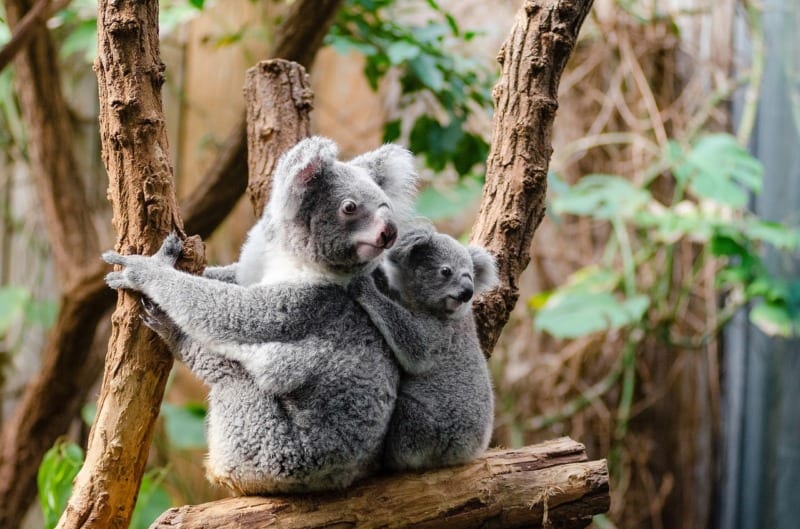
Sanctuaries offer the opportunity to see koalas and their joeys in a safe environment for them, and you.
Visit Lone Pine Koala Sanctuary in Queensland
Koala cuddling isn’t allowed at this Queensland sanctuary. However, Lone Pine has been a leader in koala conservation and rehabilitation for decades.
It’s very easy to see the koalas at Lone Pine, even if you aren’t touching them. It’s also located in a beautiful setting, and really a wonderful spot to walk around and explore.
You might even see a joey riding on its mom’s back!
Tour the Koala Hospital in New South Wales
The Koala Hospital rehabilitates wild koalas that were injured by cars, dogs, or wildfires.
While you aren’t going to be touching any wild animals here, you do have the opportunity to see them and learn all about koala ecology,
See Koalas in the Wild
While this option takes a little more patience, the opportunity to see koalas in the wild is incredibly rewarding.
The first time I saw a koala in the wild, it was on Kangaroo Island. This incredible part of the country is stunning for loads of wildlife viewing, and koalas are no exception.
Other locations to more easily see koalas in the wild are along the Great Ocean Road in Victoria, where eucalyptus trees are easily visible from car parks and camping areas.
Tucki Tucki Nature Reserve in New South Wales is another location where a good number of koalas can be spotted, despite the small size of the reserve.
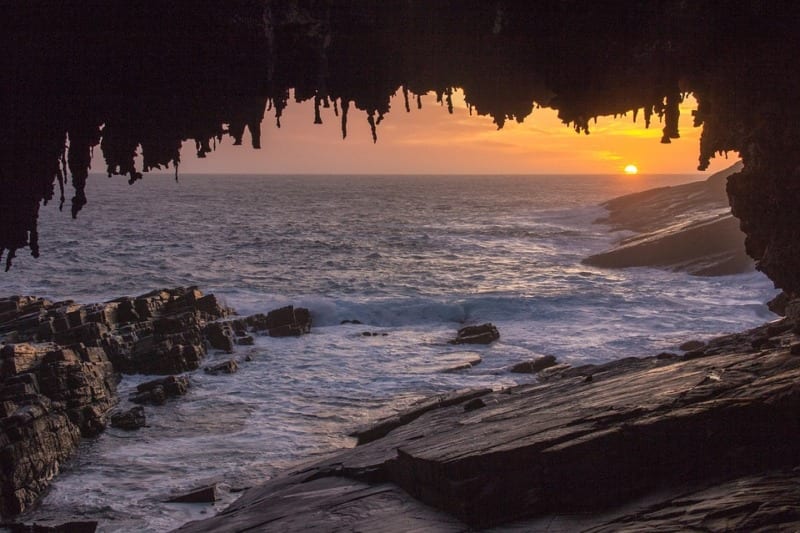
I mean, why *wouldn’t* you want to visit Kangaroo Island and see wild koalas??
What You Can Do to Help
Plant a Eucalyptus Tree
The Australian Koala Foundation leads the way in working toward effective koala conservation strategies. One such example is Harold’s Forest.
Harold’s Forest is a conservation area filled with eucalyptus trees specifically for preserving koalas and other native wildlife. You can buy one or many trees to be planted in the forest and to go toward funds to purchase more conservation lands.
Today, other forests other than Harold’s have been planted, and you can buy a tree to be planted there in your name!
Other organizations, including the Koala Hospital and Friend’s of the Koala, have information about planting koala trees.
I’ve actually been contributing to the Australian Koala Foundation’s plant-a-tree program since I was a kid.
Every time I got my certificate in the mail telling me how many trees were planted for koala habitat, I knew I was helping out, even a little.
Contact Australian Representatives
If you live in Australia, and especially if you live in koala territory, contact your representatives and the Prime Minister and ask them to support the Koala Protection Act.
Ultimately, the Koala Protection Act asks for a second look at development proposals to see how they impact critical koala habitat.
All of the templates for emails and letters can be found on the Australian Koala Foundation’s website!
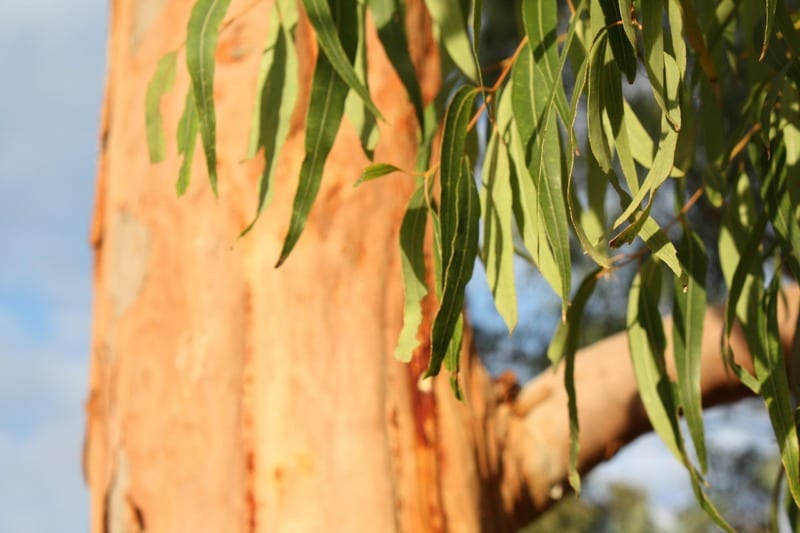
Eucalyptus trees are very fast-growing, reaching maturity around ten years after planting. That’s great news if we work together to amp up koala habitat!
Don’t Contribute to Unethical Wildlife Tourism
As is true for any animal, not just the koala: don’t participate in activities that are unethical and harmful to wildlife.
Instead, give your tourism dollars to the organizations that are working to protect koalas and their habitat on a larger scale.
Conclusions
Koalas are a unique and special animal found only in one part of the world.
Having the opportunity to visit and see these wonderfully fuzzy marsupials is a great treat.
If you love koalas as much as me, consider donating to one of the organizations we listed above. Plus, if you’re planning a trip to Australia, ensure your trip itinerary includes ethical koala viewing practices.
Have you seen a koala in the wild? Are there any other koala facts you’d like to know about? Let me know in the comments!
In Friendship,
Christa
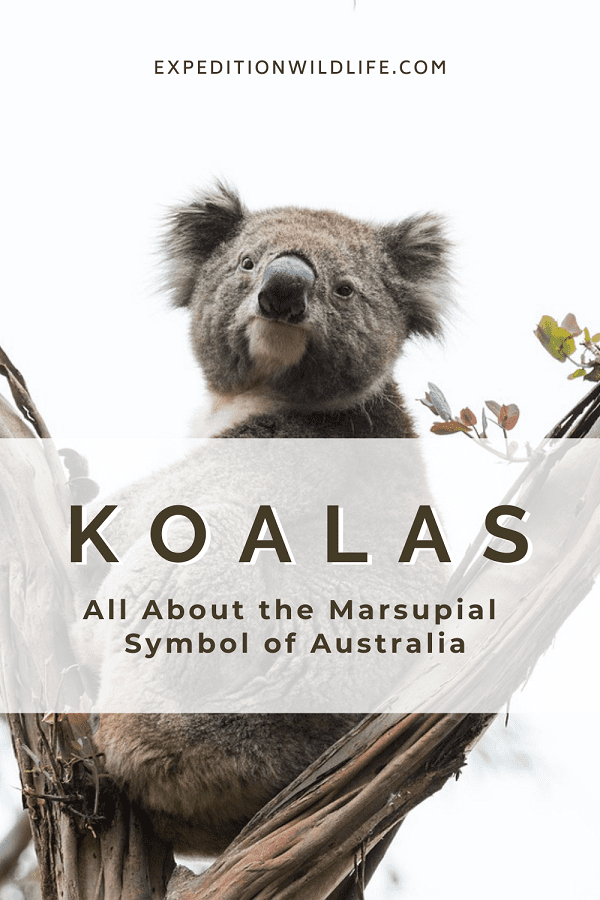

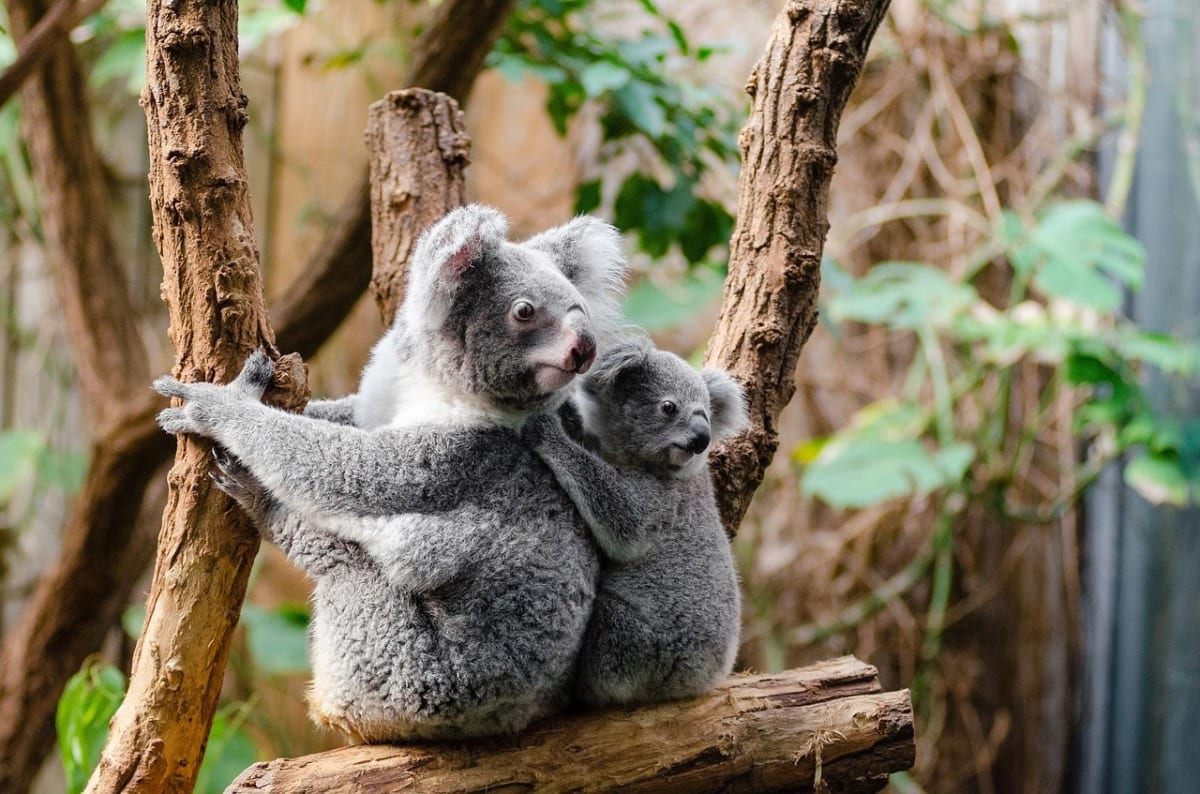
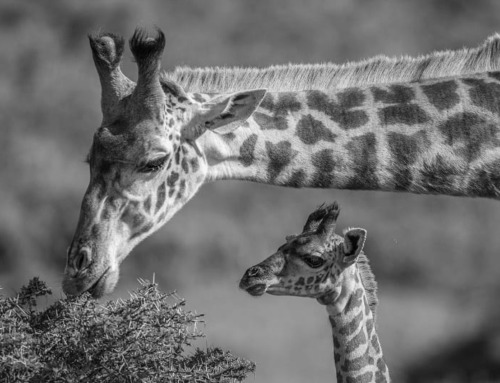
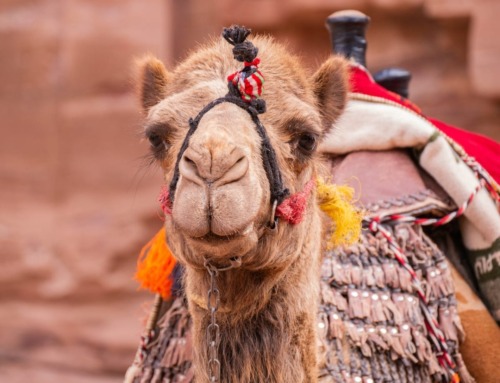
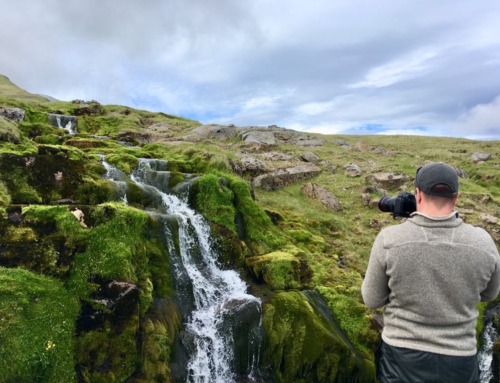
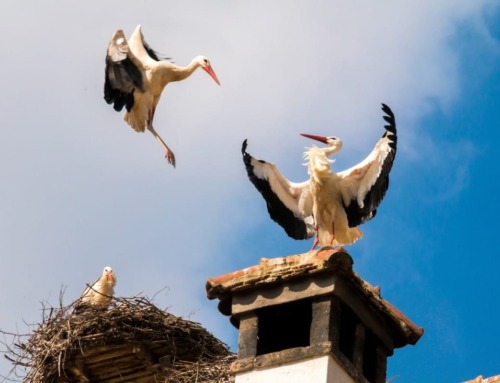
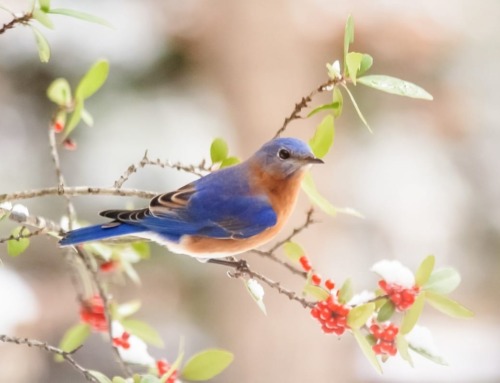
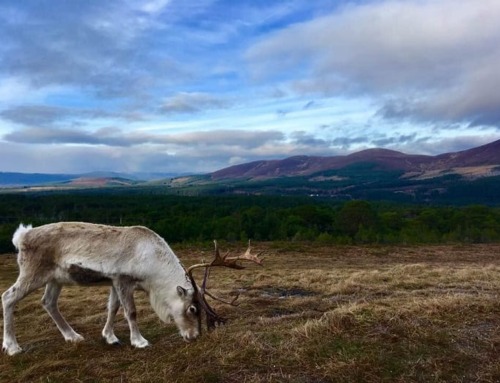
Leave A Comment